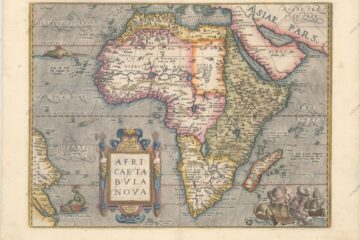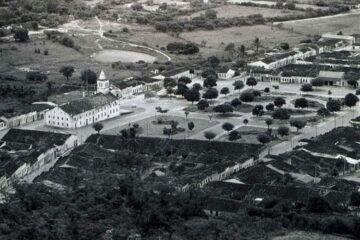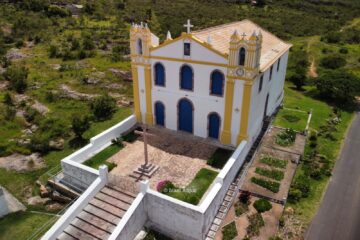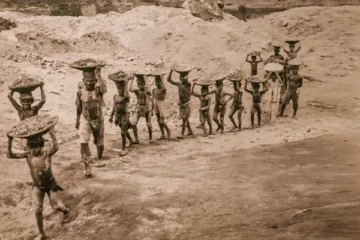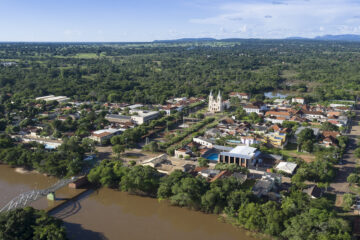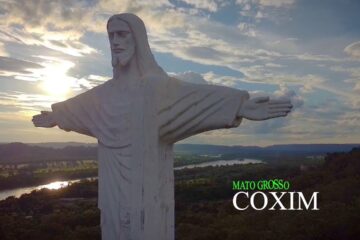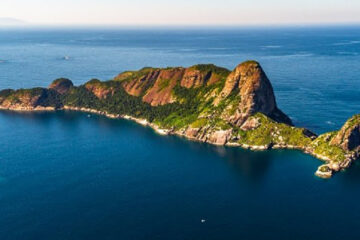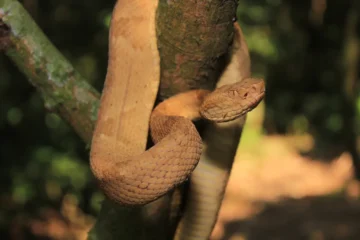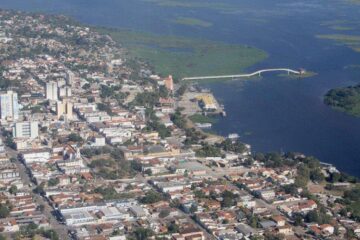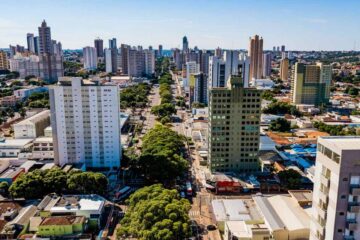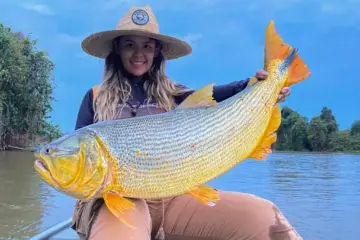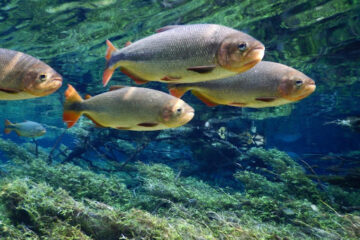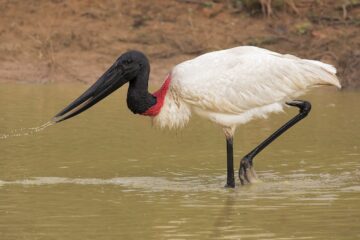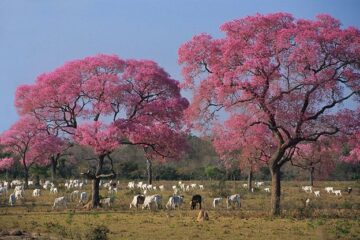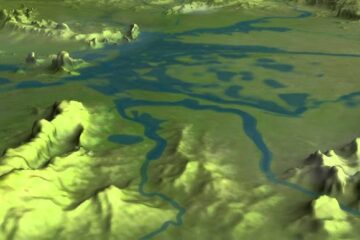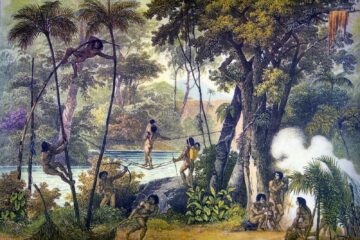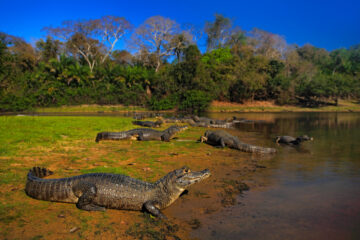Este post também está disponível em:
Português
English
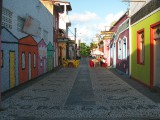
Prado, in Bahia, offers paradisiacal beaches and a unique experience of relaxation and adventure. From whale watching in Abrolhos to hiking on Mount Pascoal.
The municipality of Prado in the Costa das Baleias in Bahia is the one with the largest tourist infrastructure in the region.
The town of Prado was founded in 1755 and preserves its 18th century houses, cobbled streets and churches.
There are 84 km of beaches, many of them next to cliffs, others next to mangroves, freshwater lagoons, streams, waterfalls and, of course, coconut trees.
Near the village of Cumuruxatiba flows the Cahy River, where the natives had the first contact with the Portuguese of Cabral’s squadron.
Prado on the southern coast of Bahia has a good hotel structure and is a festive town where traditions are preserved through music, dances and rituals.
Imposing cliffs of varying shades and rare beauty are interspersed with plains, calm beaches with warm and inviting waters, natural pools and coconut groves on its 84 kilometres of coastline.
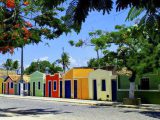
The balneário de Cumuruxatiba, the Tororão waterfall and the fishing village of Corumbau, are among the most disputed attractions of the municipality of Prado, in the extreme south of Bahia.
Schooner rides provide unforgettable moments for those who want to enjoy nature.
Located exactly on the border between the Discovery Coast and the Whale Coast, Prado has recorded in its history the first contact between the Indians and the squadron of Pedro Álvares Cabral, at the mouth of the Cahy River, before arriving in Porto Seguro.
More than 500 years have passed, and the scenery of this region of the Cahy River is still the same as in the Brazil of the early years.
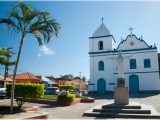
The same clouds and the same skies. The same winds and the same sea. Extensive necklaces of white beaches, where the same rivers flow. Green bars of woods and mangroves. Limestone barriers of pink colours.
Colonial streets, narrow and paved with cobblestones, old and charming houses dating from the seventeenth century, are home to residences, shops and bars, to top restaurants.
The coastline of Prado is all cut by kilometres of cliffs, engraved in a gradient of colours ranging from ochre, beige and red, with undergrowth covering some points.
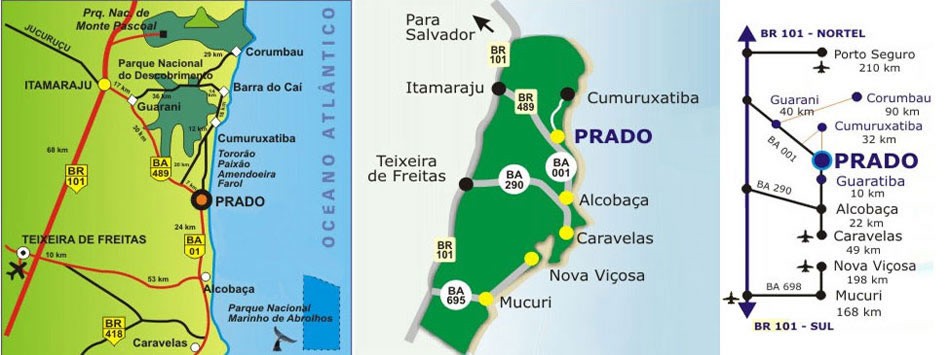
See the map of the Whale Coast
Videos about Prado and Abrolhos in Bahia
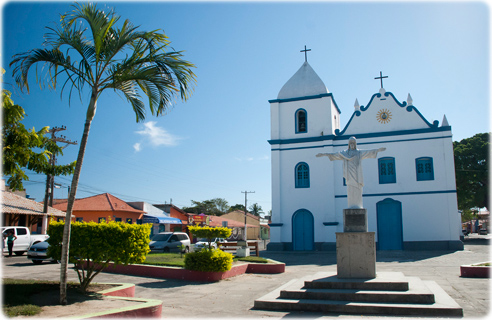

Prado na Bahia
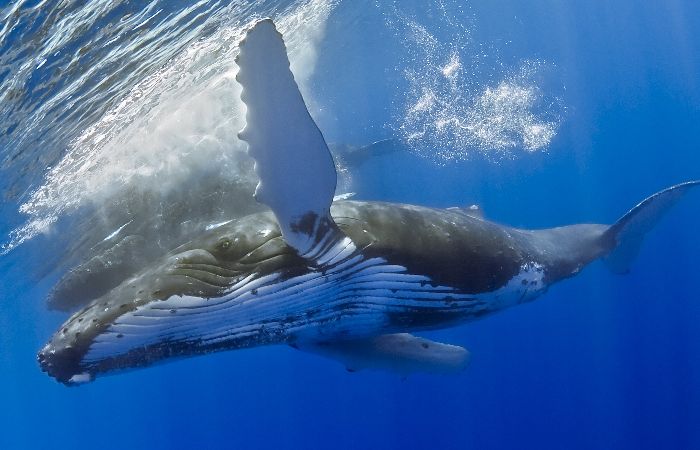
Prado Guia Turístico
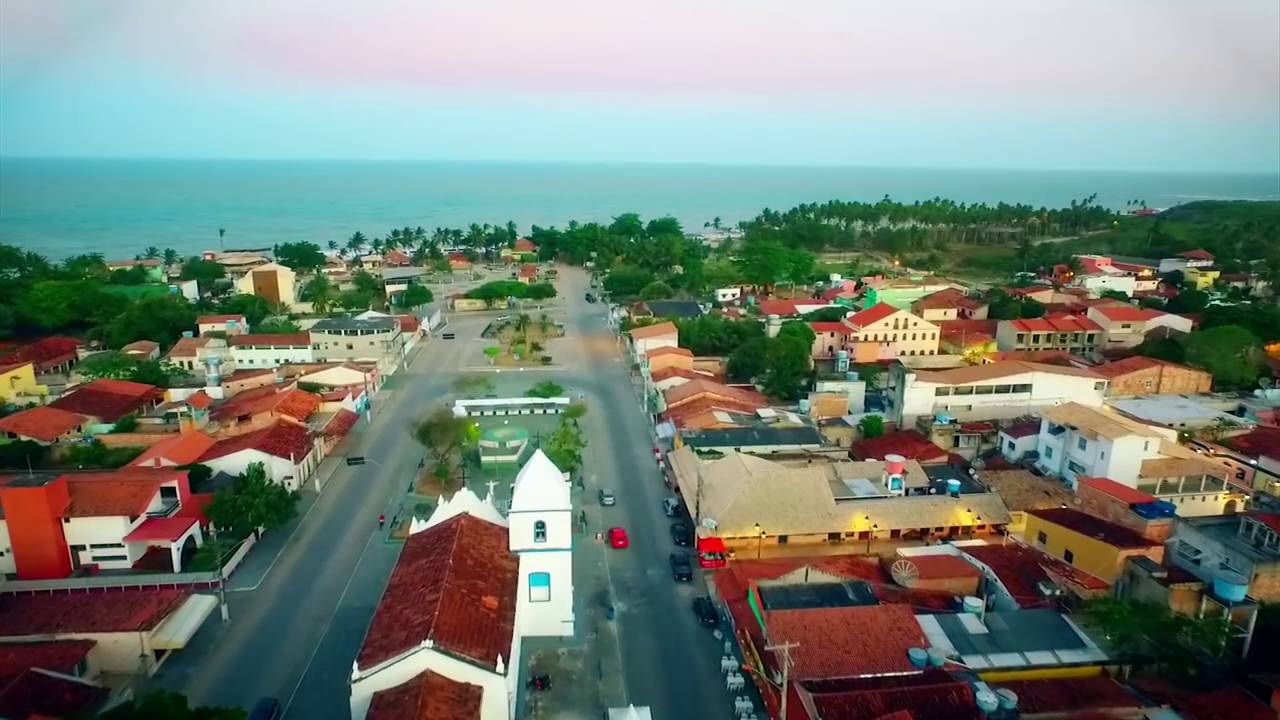
Roteiro de 2 dias em CUMURUXATIBA
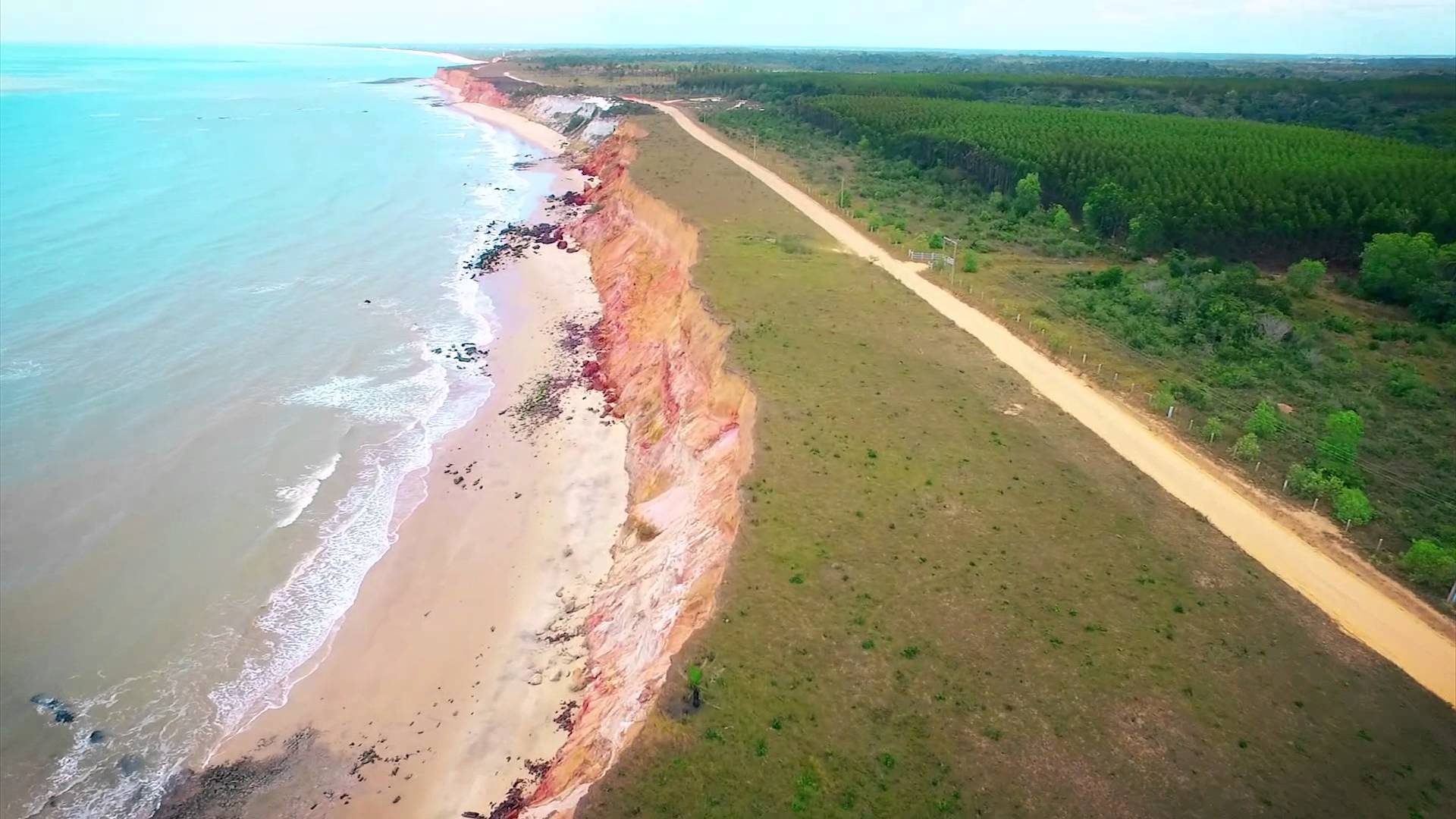
Prado e Praias - Drone
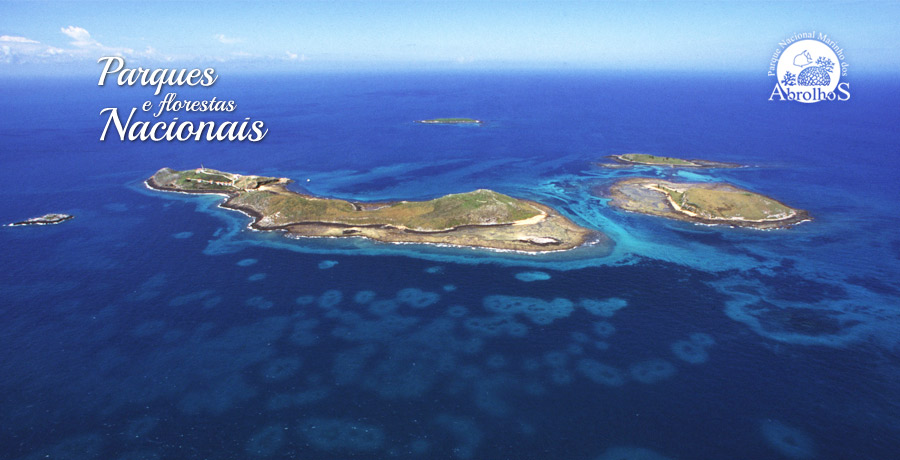
Guia Turístico de Prado e Abrolhos14:52
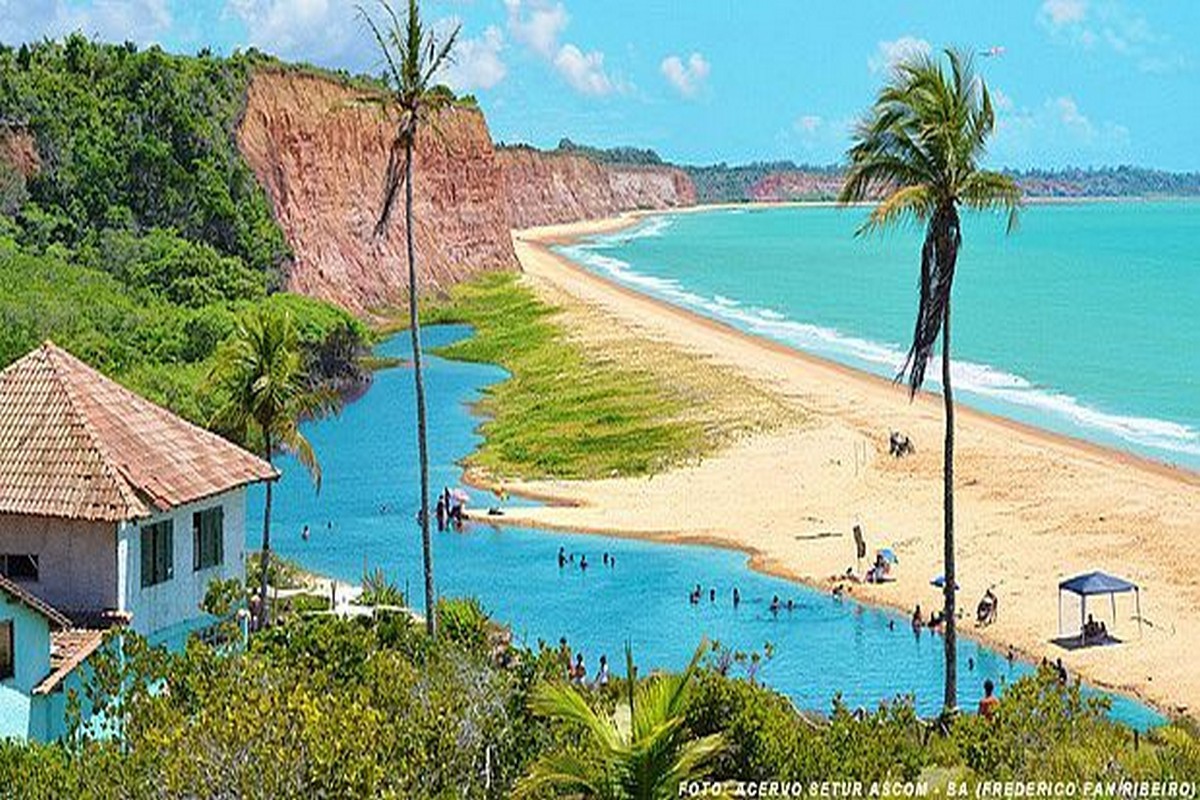
Praias de Prado - Praia das Falésias a Corumbau
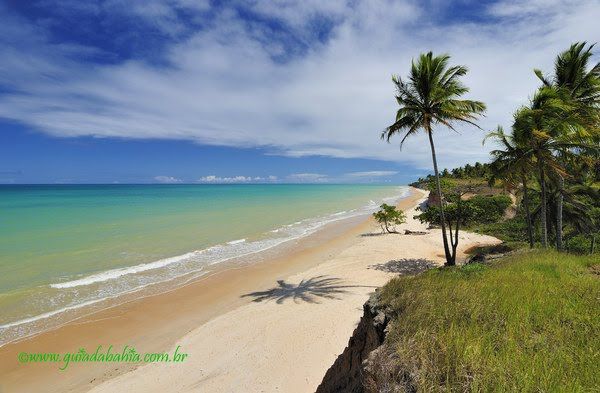
Praia de Guaratiba, Cumuruxatiba, Barra do Cahy e Corumbau05:25
Tourist attractions in the municipality of Prado
- Corumbau Beach
- Tauá Beach
- Barra do Cahy Beach
- Calambrião Beach
- Imbassuaba Beach
- Moreira Beach
- Rio do Peixe Pequeno and Grande Beach
- Cumuruxatiba Beach
- Dois Irmãos Beach
- Areia Preta Beach
- Japara Pequena Beach
- Oyster Beach
- Tororão BeachPaixão Beach
- Viçosa (or Amendoeira) Beach
- Farol Beach
- Lagoa Pequena and Grande Beach
- Prado Beach
- Barra Beach
- Quati Beach
- Guaratiba Beach
1. Beaches (from north to south)
Prado is located about two hours from Porto Seguro, the small town of Prado has 84 kilometres of quiet, practically deserted beaches, as well as cliffs 30 metres high located on the strip of sand known as Praia da Paixão, from where the more adventurous take paragliding flights.
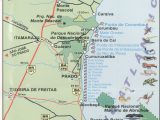
Another very famous beach is Cumuruxatiba, from which boat trips depart to spot humpback whales that, in the months of June to November, appear on the Bahian coast.
Most of the beaches in Prado have a similar setting – cliffs, coconut palms and streams.
Quati beach, without any infrastructure, is constantly quiet.
On the beaches of Paixão, Prado and Novo Prado the buzz is guaranteed due to the tents and kiosks. In the middle ground is Tororão, quiet and with a single kiosk.
1. Corumbau Beach
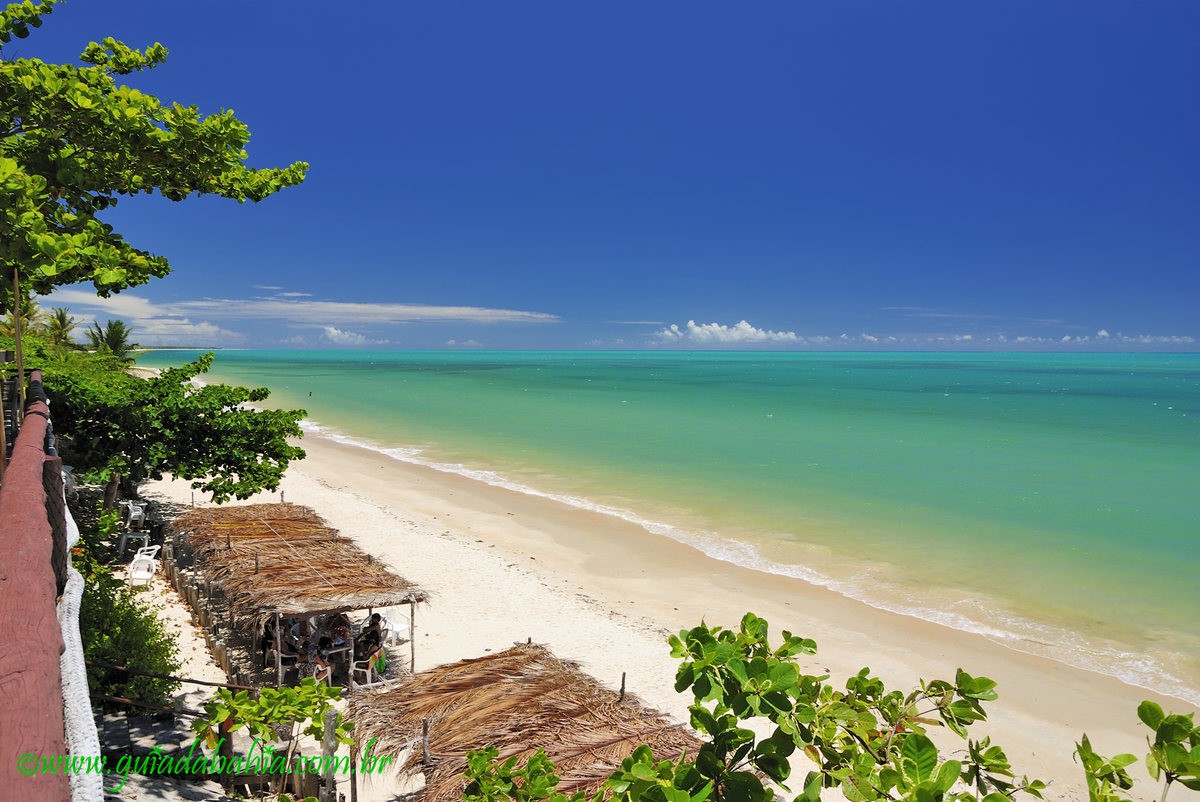
Its main feature is a long (1.5 km) reef jetty, which juts out into the sea and disappears when the tide rises.
There is a lighthouse, fishing village, mangroves and many coconut trees. Good for snorkelling (at Recife dos Itacolomis, access by boat) and fishing.
2. Tauá Beach
With fine white sand, it has cliffs and coconut trees.
3. Barra do Cahy Beach
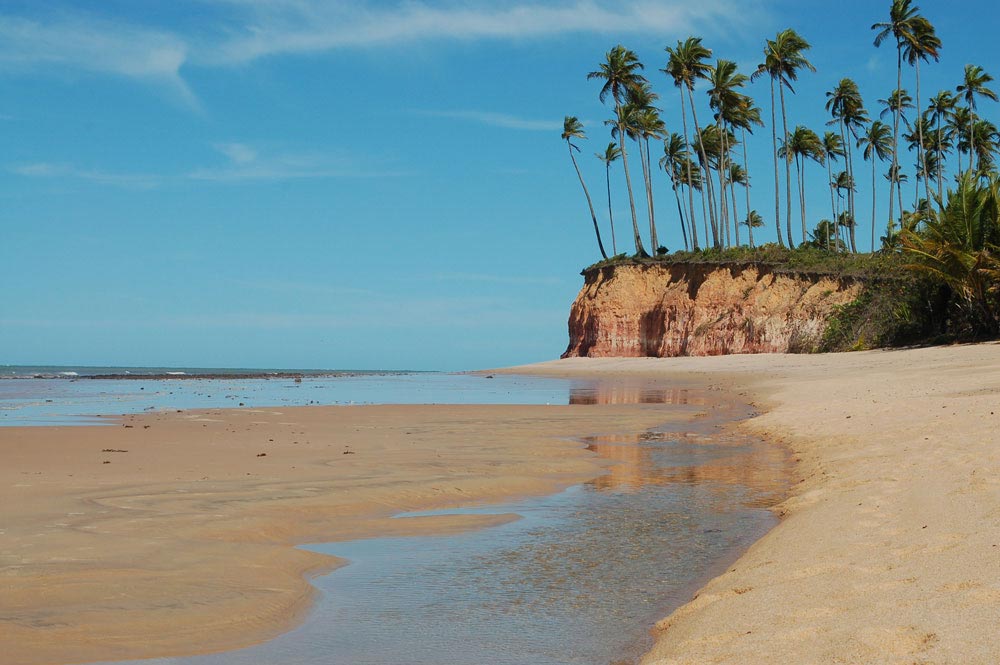
Bay with cliffs and reasonably strong waves. Dark sand (monazite), fine and soft. Good for fishing (bass), especially going up the gentle Rio Caí, by boat.
4. Calambrião Beach
Similar to the previous one. Access by farm.
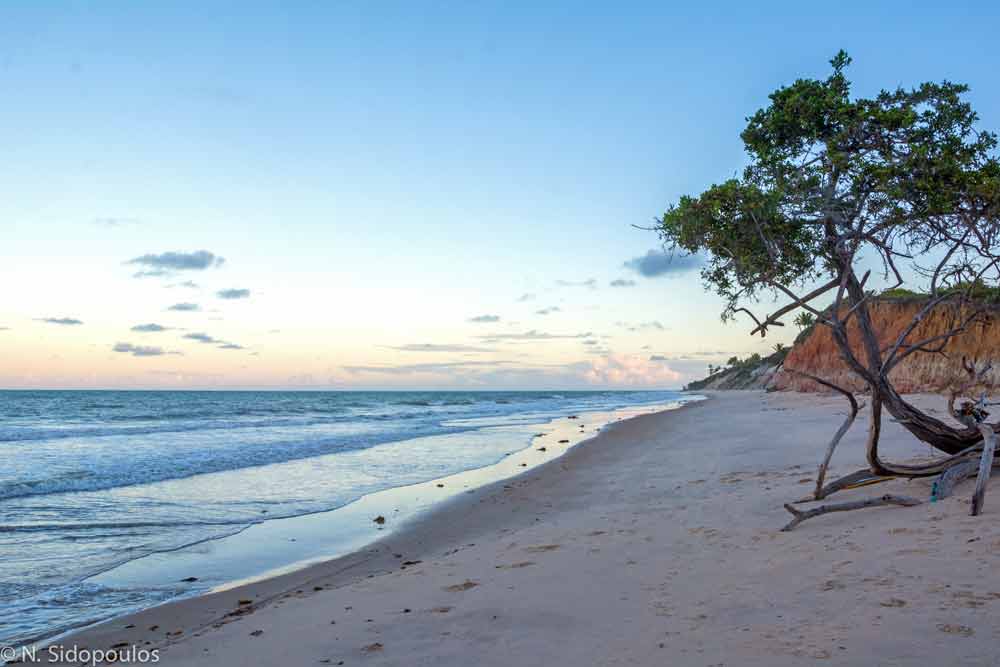
5. Imbassuaba Beach
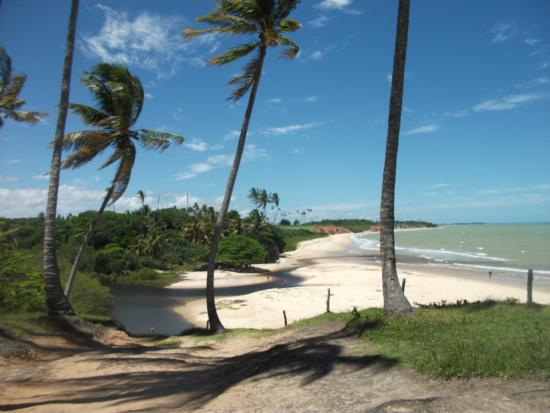
Cove with weak waves, deserted, with cliffs, coconut trees and almond trees on the dark and fine sand. Suitable for line fishing, kayaking and windsurfing.
6. Moreira Beach
Similar to the previous one. Access via a farm.
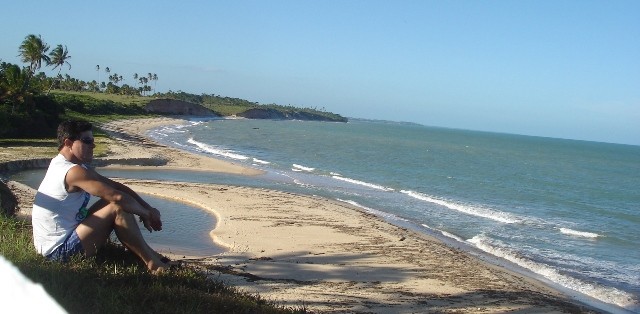
7. Praia do Rio do Peixe Pequeno e Grande
Beach.
It is located next to the bar of a stream with clear waters. It has gentle waves and fine white sands.
8. Cumuruxatiba Beach
Cove with beaten sand, weak waves and shallow water (good for kayaking) and the coast is cut by reefs.
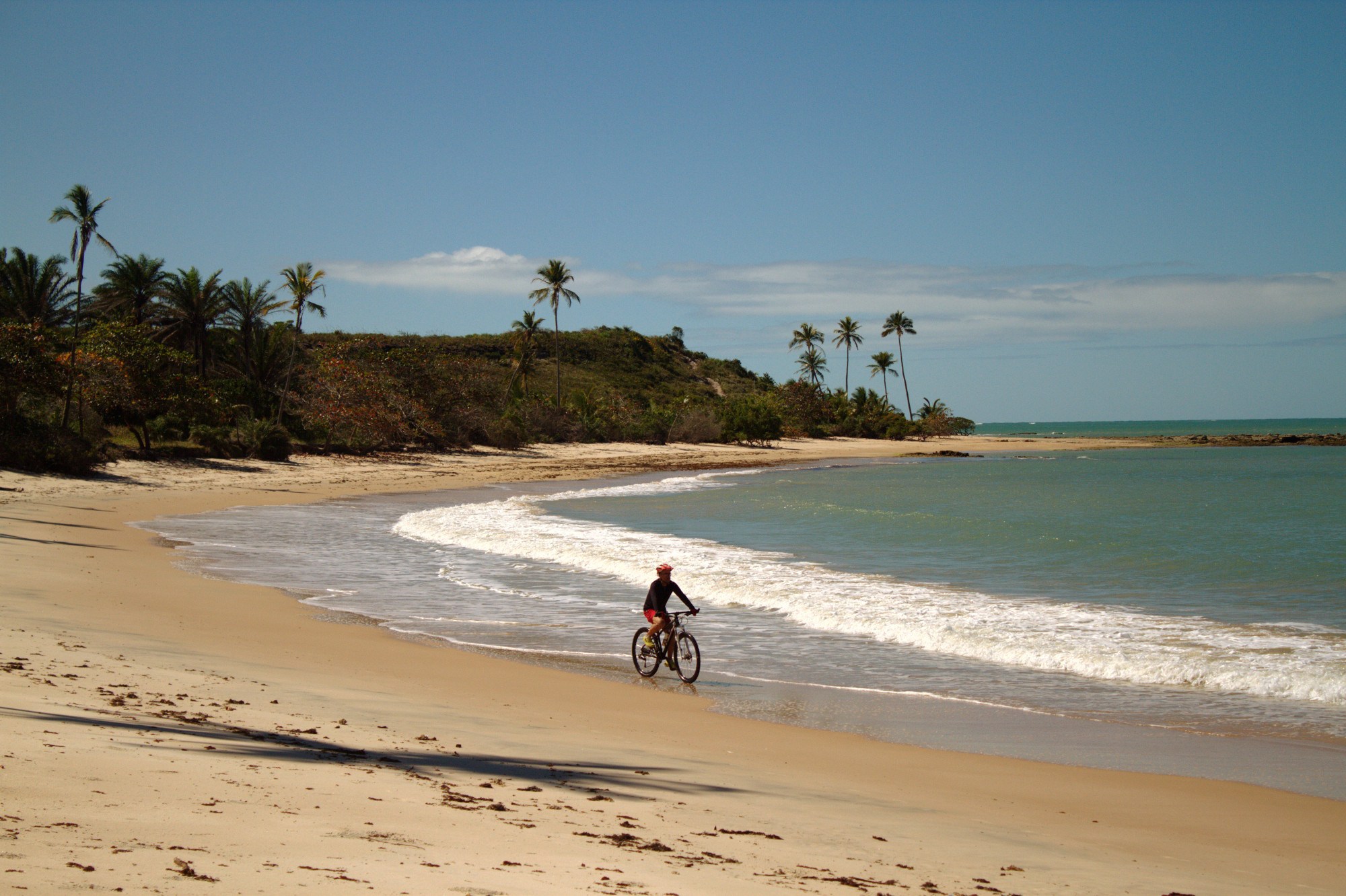
In the village of Cumuruxatiba, with few resources, there is an abandoned pier 650 metres long. Schooner trips depart from there to the Pataxós corals and Ponta do Corumbau. There are several inns, two campsites and many bars.
A village with just over 4000 inhabitants, located on the south coast of Bahia, between Prado and Porto Seguro. A tropical paradise that still preserves and makes a point of maintaining natural beauty, local culture, roots and customs.
A place of beautiful beaches, but also of excellent cuisine. From the roda de capoeira in the square to the indigenous influence that gives face and shape to the fishing village.
9. Dois Irmãos Beach
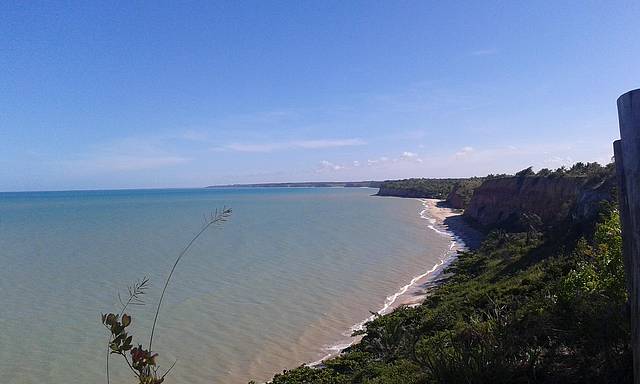
A 700-metre cove, lapped by weak waves, popular for windsurfing and kayaking. It has monazite sands very tines and cliffs.
10. Areia Preta Beach

It is located in a cove with weak waves, where the cón’ego of the same name flows. It has a high concentration of monazite sands (dark) which contrast with the pale yellow of the rocks and cliffs (up to 30 metres high).
11. Japara Pequena Beach

Cliffs and mangroves make it difficult to access this cove with calm waters and monazite sands. Good for snorkelling and fishing.
12. Praia das Ostras
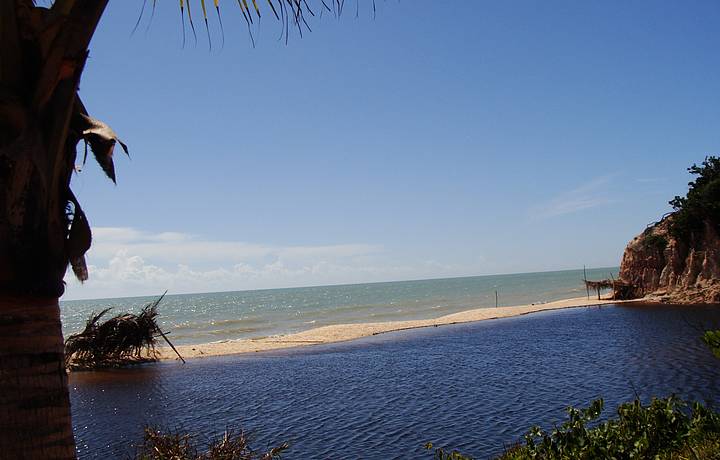
Open sea, beaten by weak waves and with a wide strip of clear and fine sand, cut by several streams. Good for windsurfing.
13. Tororão Beach
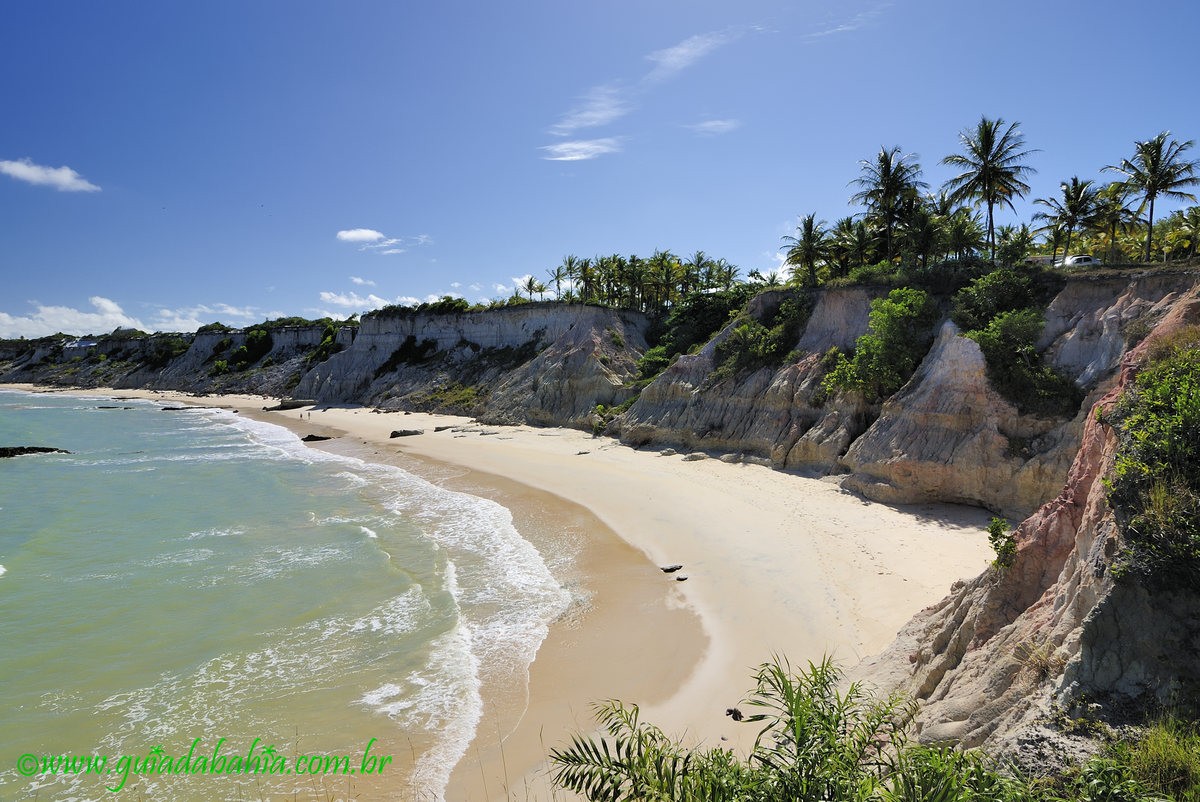
A cove with green waters and fine, clear sand. A small waterfall cascades straight down to the beach on one of the stretches of its impressive cliffs.
14. Passion Beach
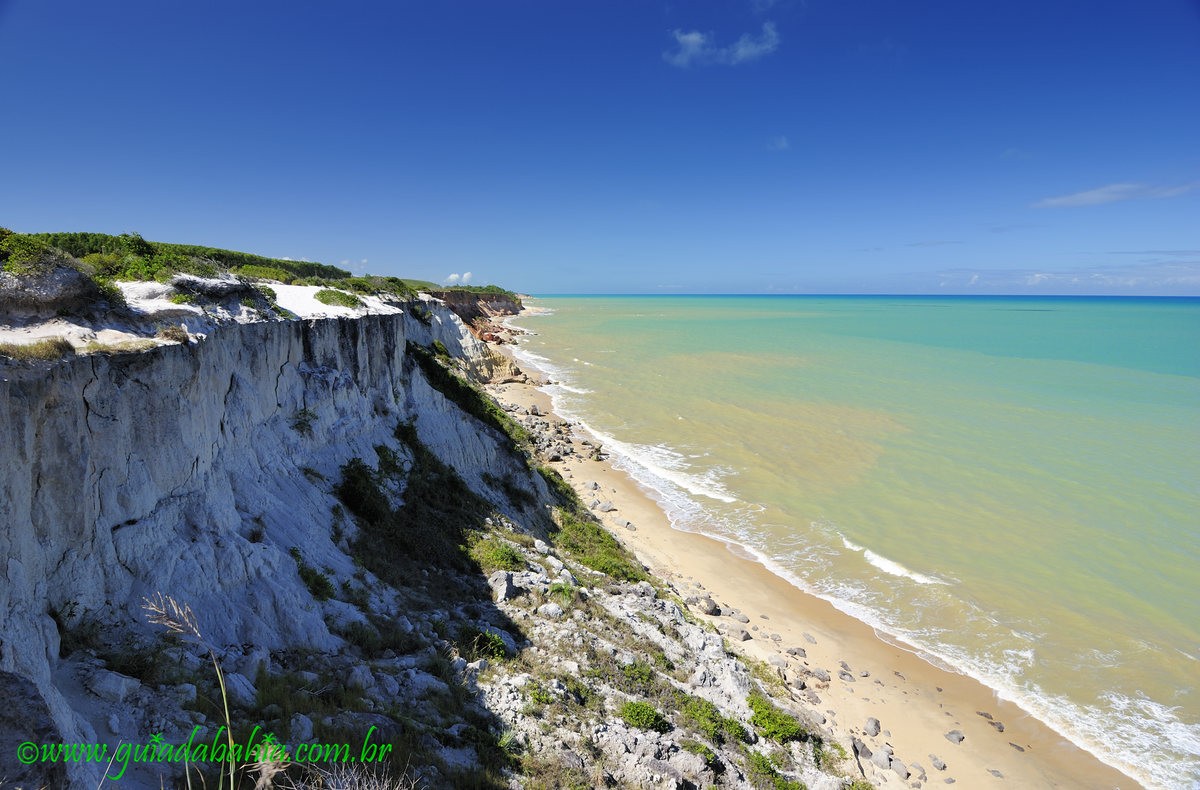
Suggestive name for this small cove with shallow, calm and warm waters. It has reefs close to the light and soft sand, cliffs, rocks and a stream. near the snack stalls. Access by a pinguela, over the stream. It has inns.
15. Viçosa Beach (or Amendoeira)
A solitary almond tree marks this straight beach with light, soft sand and cliffs. It is good for bass fishing.
16. Farol Beach
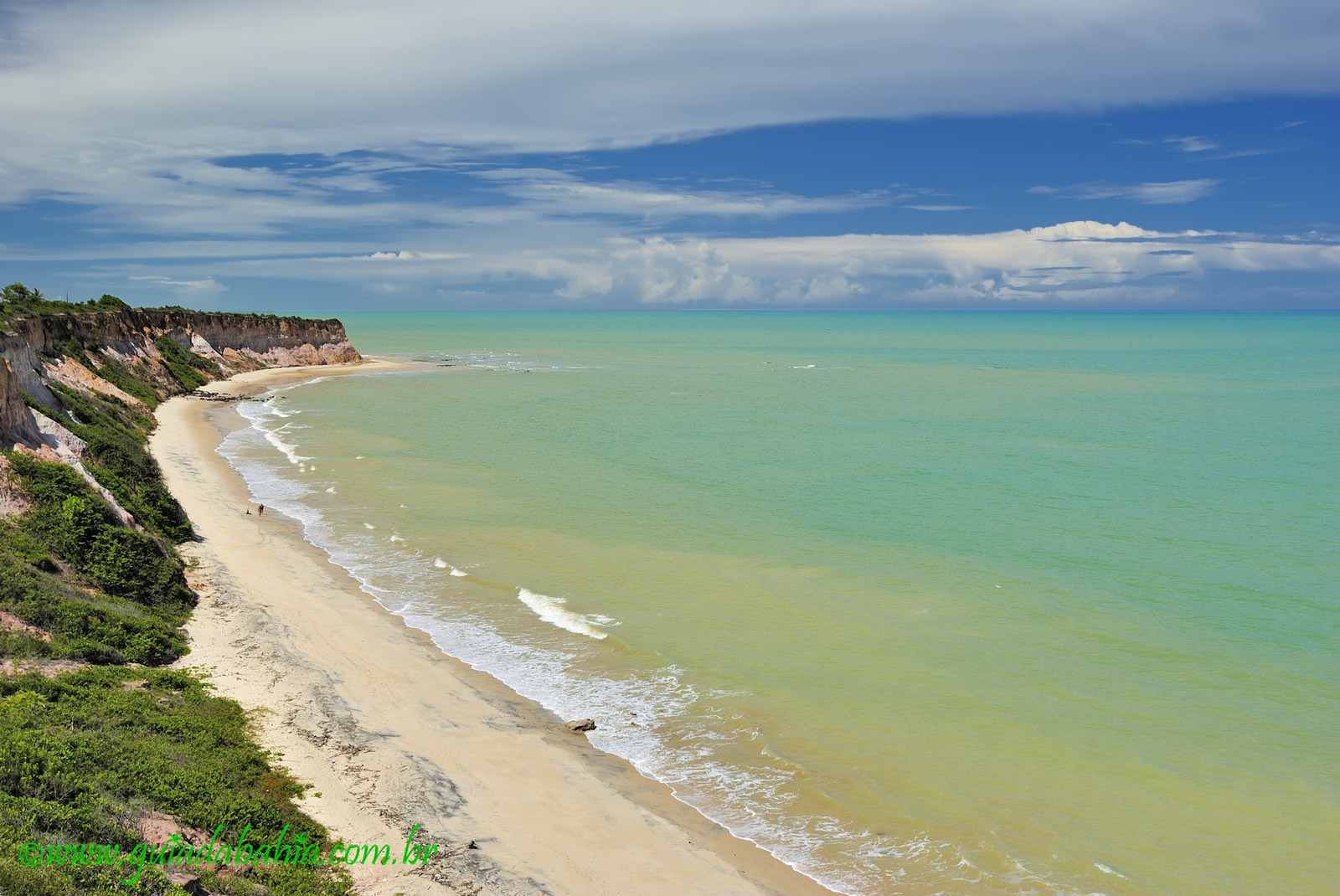
Extensive, it has greyish sand and a small stream to the north. There is a lighthouse and stretches with cliffs and reefs.
Trekking enthusiasts start hiking from the local campsite to the city of Santa Cruz Cabrália. It has a hotel, inns and camping.
17. Lagoa Pequena and Grande Beach
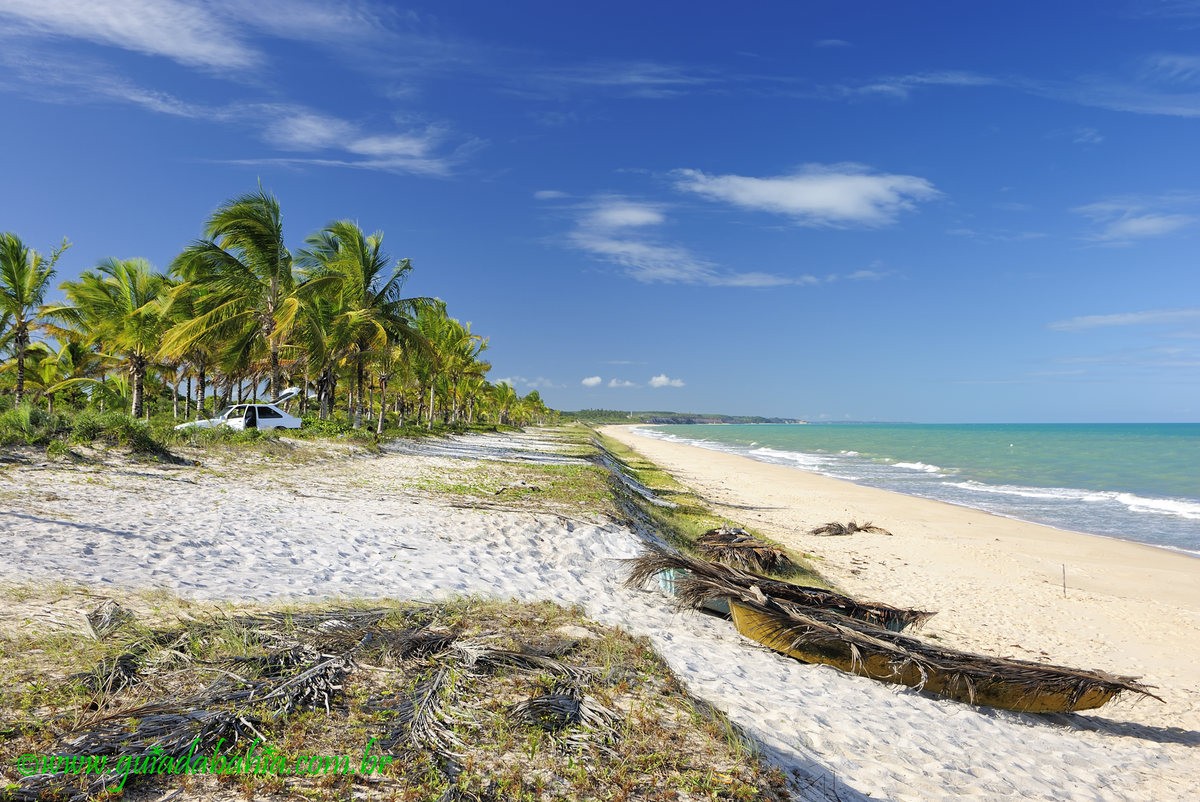
Straight, with rough waves crashing on fine white sand. They are increasingly urbanised and have snack stalls along the shore. In Lagoa Pequena there is a hotel.
18. Prado Beach
There are 2 kilometres of soft, golden sand and a sea with large waves, which becomes dangerous in the middle of the year (with strong winds).
There are inns, restaurants, bars and straw parasols with tables and benches. To the north is Novo Prado, the nearest neighbourhood, which also has a good infrastructure of inns and places to eat, as well as camping.
19. Barra Beach
It is beaten by strong waves, decorated by some coconut trees and has fine white sand. To reach it you have to cross the Jucuruçu River.
20. Quati Beach
This cove of calm and shallow waters has restinga vegetation and coconut palms on fine, loose sand. Sea rich in octopus and lobsters.
21. Guaratiba Beach
A long cove – 3 km – with no shade, soft golden sand and beaten by crashing waves. It is deserted, except for very simple fishermen’s houses.
2. Other tourist attractions in the municipality of Prado
As well as beaches, the municipality of Prado offers various tourist activities.
Options to include in your itinerary:
-
- Barra do Cahy
- Corumbau
- Humpback whales
- Monte Pascoal
- Archipelago of Abrolhos
- Boat trip in Corumbau
1. Barra do Cahy
The Barra do Cahy is a historical place, it was at the mouth of this river that the Portuguese of Cabral’s squadron replenished their drinking water and had the first contact with the Indians before arriving in Porto Seguro.
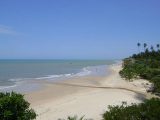
The exuberant nature motivates hiking or horseback riding along trails and boat trips upstream observing the mangroves, birds and vegetation.
Nearby, at Fazenda Cahy, there is a bar and restaurant. 52 km from the centre of Prado and 20 km from Cumuruxatiba.
2. Corumbau
The village of Corumbau is bustling during the summer, when groups of all ages arrive by boat from the Discovery Coast and the Whale Coast.
The place means in Tupi-Guarani “far from everything”, “end of the world and the beginning of the earth” or “far away place”. In other words, perfect – in low season – for you to hide.
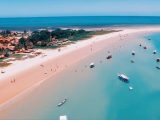
During the high season, there is a lot of movement; you come across people from all over, your favourite artist and sometimes even someone you don’t expect, like that sticky co-worker…
The village is on the border with the municipality of Porto Seguro. You can go kayaking on the river, visit the Monte Pascoal National Park, the village of Caraíva or take an excursion to dive in the corals of Pataxó and Itacolomis.
In Corumbau, as the differences between high and low tide are great, the reefs are exposed at low tide and submerged at high tide. 88 km from the centre of Prado. Take the BR-489 motorway to Guarani. Then 56 km on a dirt road.
3. Humpback whales
Prado is in the region known as the Whale Coast, a maritime-ecological sanctuary. Humpback whales begin to appear in mid-June and stay until October.
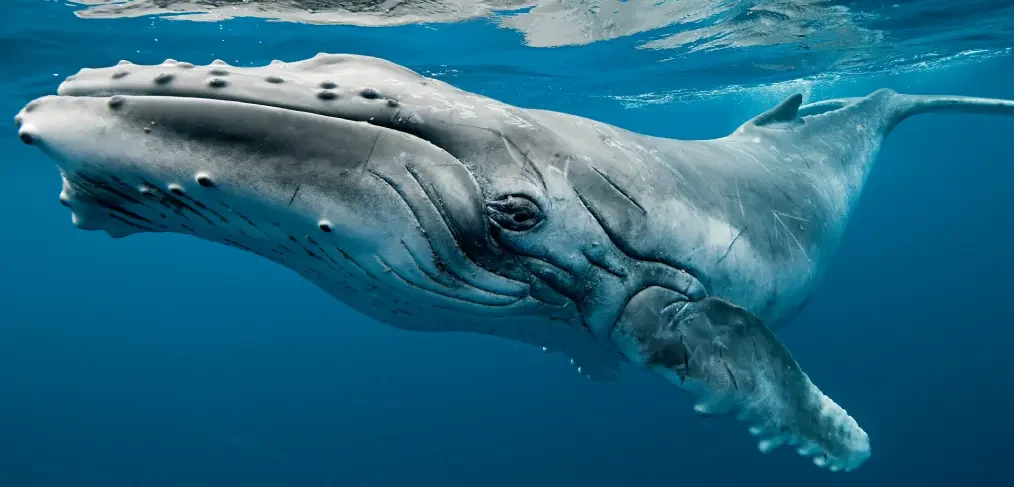
You can see the humpback whale from the seafront or on a boat trip that leaves from Prado or the districts of Cumuruxatiba and Corumbau.
4. Monte Pascoal
“Land in sight”! They say that Monte Pascoal is the piece of land that Pedro Álvares Cabral spotted when he was arriving on the Brazilian coast.
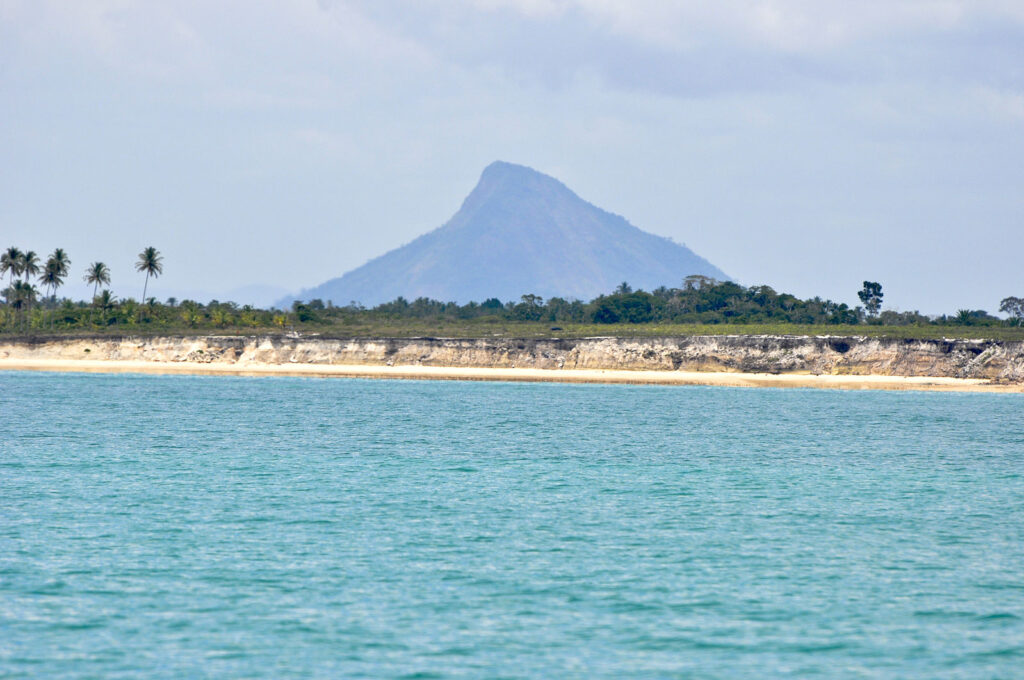
You can start your tour at this historic attraction with magnificent landscapes.
The destination is 80 kilometres from Prado. You can visit the Monte Pascoal National and Historical Park to hike up the mountain, which takes around 2 hours. Another option is to take the Rue Trail or the Jendiba Interpretive Trail.
5. Abrolhos Archipelago
The Abrolhos Archipelago is the most popular attraction in Prado.
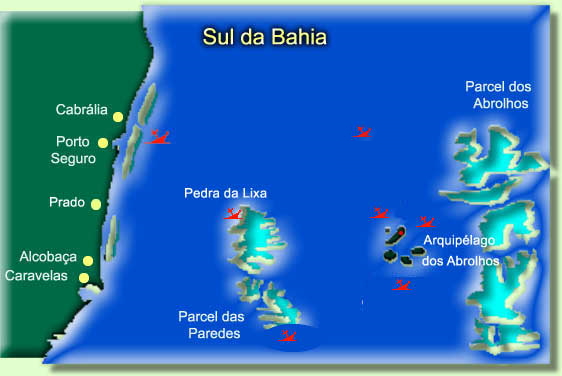
The Abrolhos National Marine Park is located in Caravelas, from where boats leave. You can find authorised companies and other information on the ICMBio website. You’ll be diving in one of the most beautiful archipelagos in Brazil. On the way, it is sometimes possible to spot whales.
6. Boat trip in Corumbau
At Ponta do Corumbau, take a boat trip to visit the Itacolomi coral reefs and dive into natural pools with clear waters and lots of little fish. It’s also worth visiting the Pataxó and Carapeba Reefs.
7. Reefs in Guaratiba
Guaratiba beach offers one of the best activities in the region.
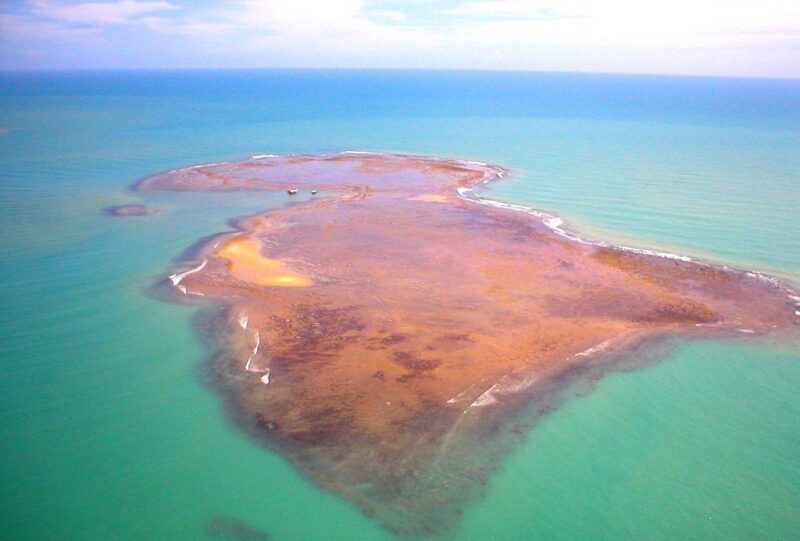
Take a boat trip to discover the destination’s reefs and go snorkelling. The attraction lasts around 5 hours, including a 40-minute journey.
What to do in Prado at night?
Beco das Garrafas is the most famous street in Prado. Some blocks are closed to pedestrians only.
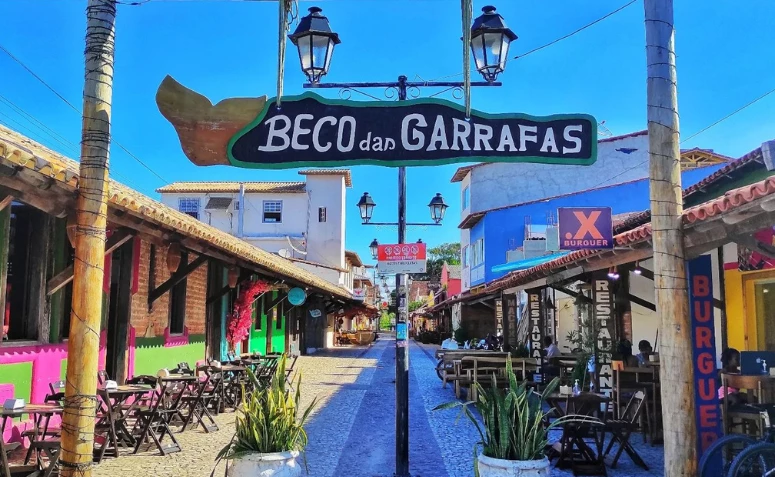
You’ll find great restaurants, bars and, on selected days, live music. Families and young people frequent Prado’s gastronomic hotspot.
When is the best time to go to Prado?
From January to January! If you know the south of Bahia, you should know that the sun hardly ever disappears there.
In winter, there are a few rain showers. If you want to get away from the hustle and bustle, avoid the high season in December, January and Carnival. For those who like to try new dishes, it’s worth visiting Prado during the Gastronomic Festival in October.
Prado Tourism Guide on the Whale Coast
Tourism and travel guide to Prado in Bahia
